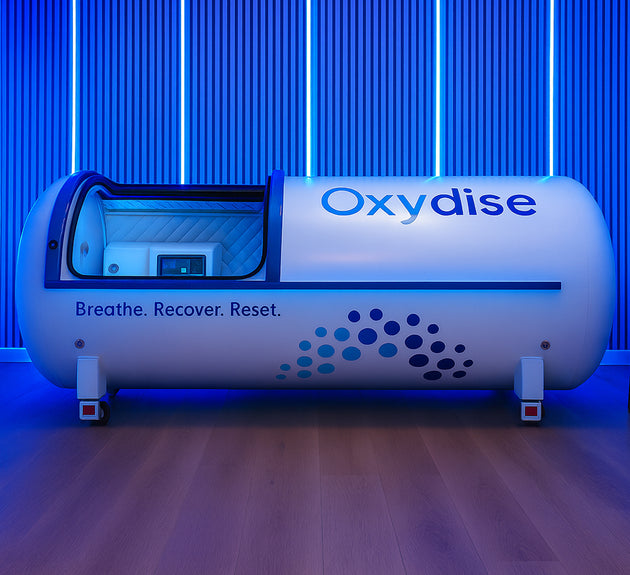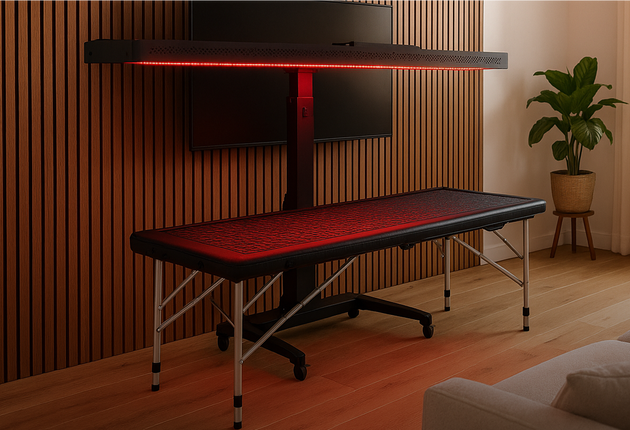Hyperbaric Oxygen Therapy shows promising benefits for treating diabetic foot ulcers. Diabetic foot ulcers (DFUs) are a common and serious complication of diabetes. These sores can be incredibly difficult to heal and, if not treated properly, may lead to amputation. In fact, people with diabetes are up to 20 times more likely to undergo lower limb amputation than those without diabetes. Given the severity of this issue, finding effective treatments is crucial.
Diabetic foot ulcers are often resistant to healing due to poor circulation and oxygen supply in the affected area. HBOT works by delivering a much higher concentration of oxygen directly to the ulcer, which can speed up the healing process. This increased oxygen supply helps in several ways:
- Improves Healing: HBOT promotes the growth of new blood vessels and tissue, which are essential for wound healing. Studies have shown that ulcers treated with HBOT are more likely to heal compared to those receiving standard wound care alone.
- Reduces the Risk of Amputation: Although the results are mixed, there is evidence suggesting that HBOT can reduce the likelihood of major amputations. By enhancing the body's natural healing processes, HBOT can help prevent the spread of infection and deterioration of the ulcer.
- No Increase in Adverse Effects: Importantly, HBOT does not seem to increase the risk of side effects compared to standard treatments, making it a safe option for many patients.
Many patients with diabetic foot ulcers who have undergone HBOT report positive experiences. Living with a chronic wound can be both physically and emotionally draining and they often feel that the therapy not only helped their ulcers heal faster but also significantly improved their quality of life.
For more detailed information on the clinical research supporting HBOT for diabetic foot ulcers, you can visit https://pubmed.ncbi.nlm.nih.gov/34236155/
















